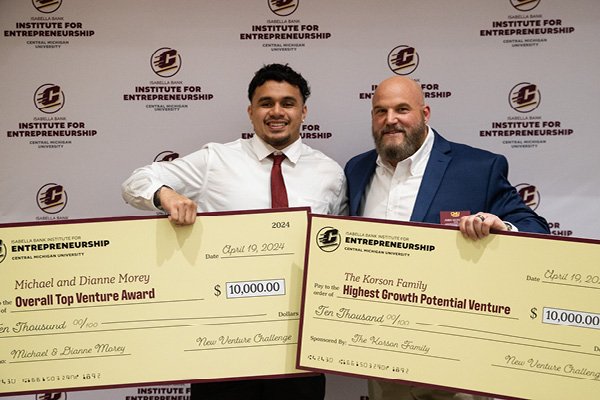
Start up
Passion. Potential. Pitches. Don't miss any of the 2025 New Venture Challenge excitement.
Tune in Friday, April 11 at 1 p.m. for great ideas and fierce competition. Then, join the judges, mentors, spectators and teams as they see who is going home with thousands of dollars in venture financing. The awards broadcast begins at 6:30 p.m. and one team will walk away as the overall best venture.
Central Michigan University’s College of Business Administration is the home of the Isabella Bank Institute for Entrepreneurship and the first Department of Entrepreneurship in the state of Michigan. We are a student-centric hub where experiential, curricular, and external entrepreneurial opportunities intersect.
Our mission is to maximize student success by fostering a campus-wide entrepreneurial mindset that promotes inter-disciplinary collaboration and the creation of new ventures.
We aim to create innovative programming, boost cross-campus and ecosystem collaboration and provide a comprehensive mentoring program.
Our institute provides extracurricular opportunities and is open to all undergraduate and graduate CMU students.
Are you interested in becoming an entrepreneur?
Every journey is unique. Explore the opportunities that interest you.
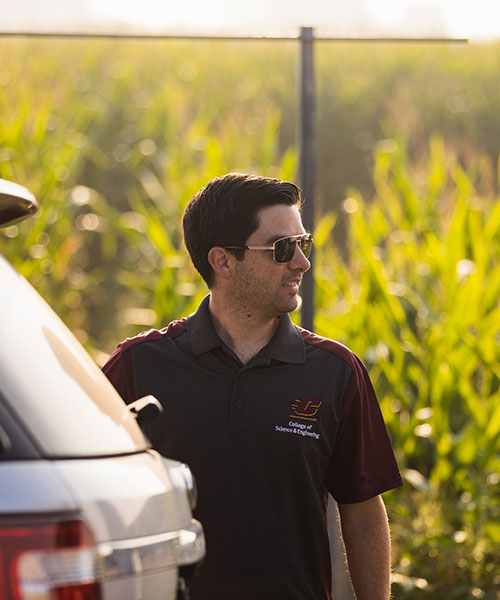 Jason Keeler, Ph.D., a professor in the Department of Earth and Atmospheric Sciences, has been working with undergraduate student Brian Rakoczy to develop an algorithm that automatically detects and tracks gust fronts and thunderstorm outflow in a series of idealized simulations. Thunderstorm outflow is the spreading out of air that has been cooled by evaporating rain and melting hail in the storm. The rush of cool air that is experienced at the leading edge of the outflow is the gust front. These simulations are working to determine what factors make it more likely for there to be a storm, specifically when there was a storm previously in the day.
Jason Keeler, Ph.D., a professor in the Department of Earth and Atmospheric Sciences, has been working with undergraduate student Brian Rakoczy to develop an algorithm that automatically detects and tracks gust fronts and thunderstorm outflow in a series of idealized simulations. Thunderstorm outflow is the spreading out of air that has been cooled by evaporating rain and melting hail in the storm. The rush of cool air that is experienced at the leading edge of the outflow is the gust front. These simulations are working to determine what factors make it more likely for there to be a storm, specifically when there was a storm previously in the day.
The favorability of the atmosphere for thunderstorms is referred to as instability. The more unstable the atmosphere, the more likely there is to be a storm. Keeler’s simulations test several different factors, such as soil moisture or solar radiation, to see how the air on the cool side of the gust front changes due to alterations in these factors. It is usually assumed that when the air is cooler, it is less favorable for storms. However, other factors can increase instability levels.
This research is a part of a 3-year grant funded by the National Science Foundation. Central Michigan University is the lead institution on this research, working in collaboration with scientists at the University of Nebraska-Lincoln. The goal of running these simulations is to determine what conditions favor development of instability in outflow so that in the future, meteorologists can better determine the likelihood of a second storm following the first.
This story is brought to you by the Office of Research and Graduate Studies.

Explore special opportunities to learn new skills and travel the world.
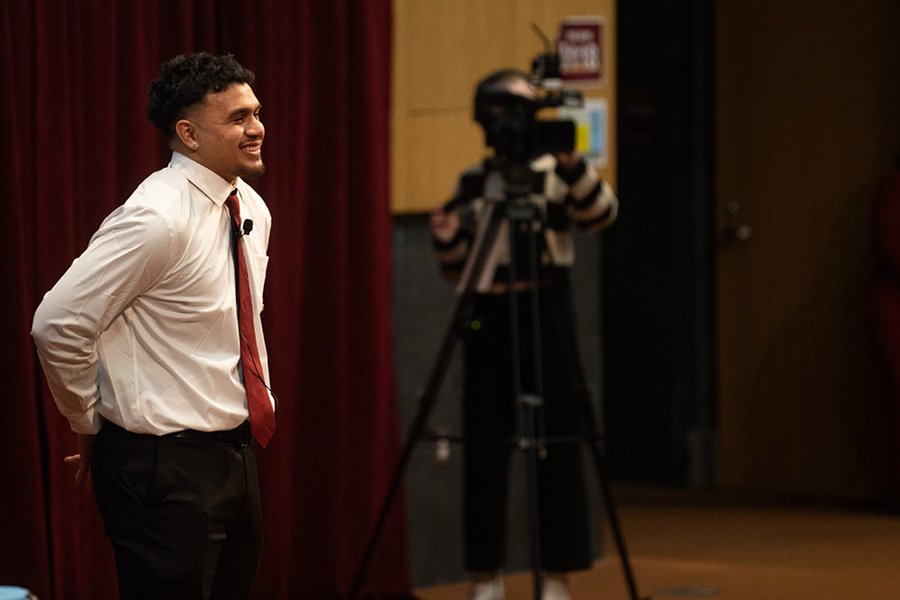
Present your venture and win BIG at the New Venture Challenge.
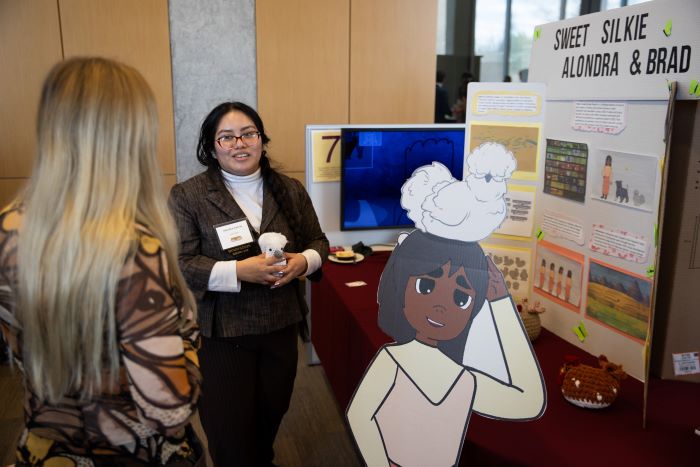
Boost your entrepreneurial skills through our workshops, mentor meetups and pitch competitions.
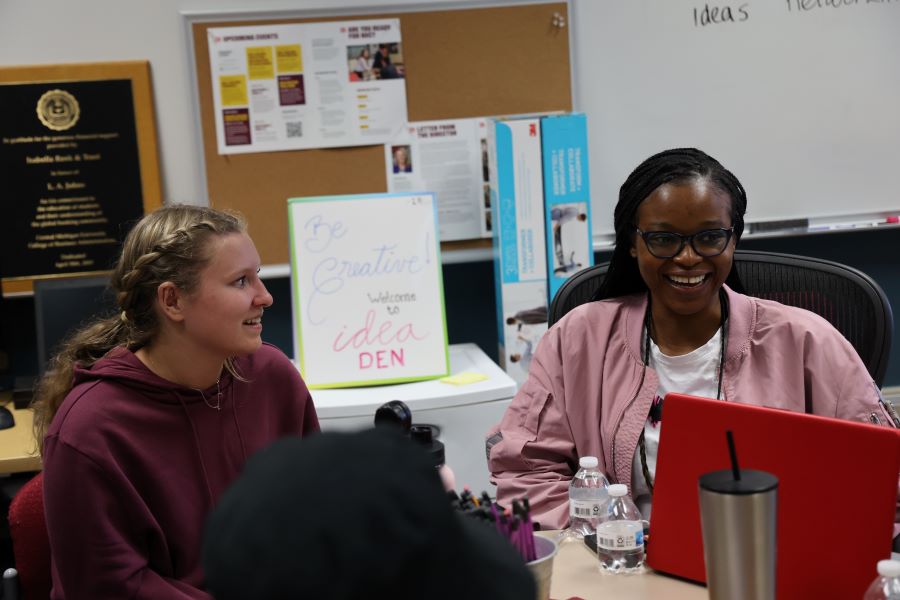
Learn about the entrepreneurship makerspace on campus in Grawn Hall.
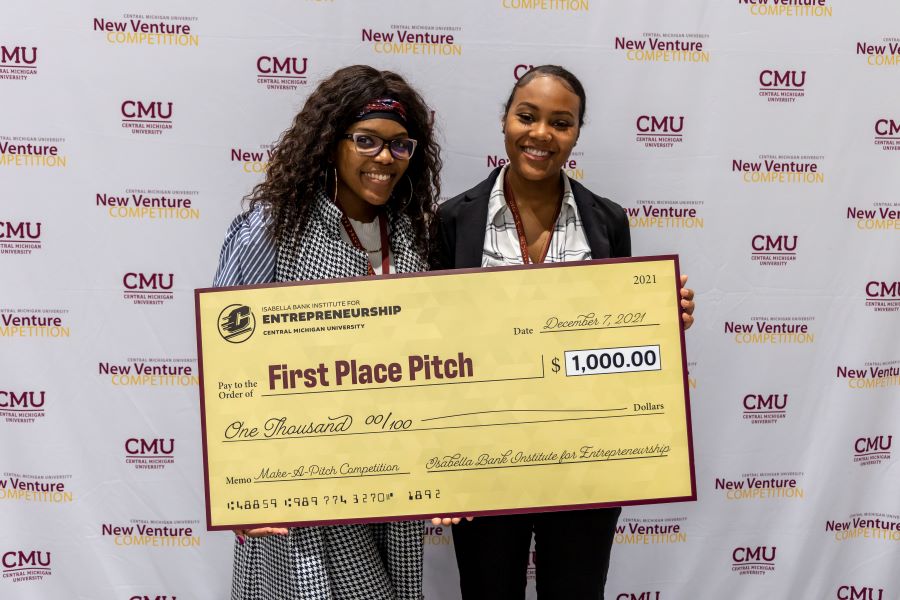
Present a 2-minute pitch at the Make-A-Pitch Competition and you could win prizes and bragging rights!
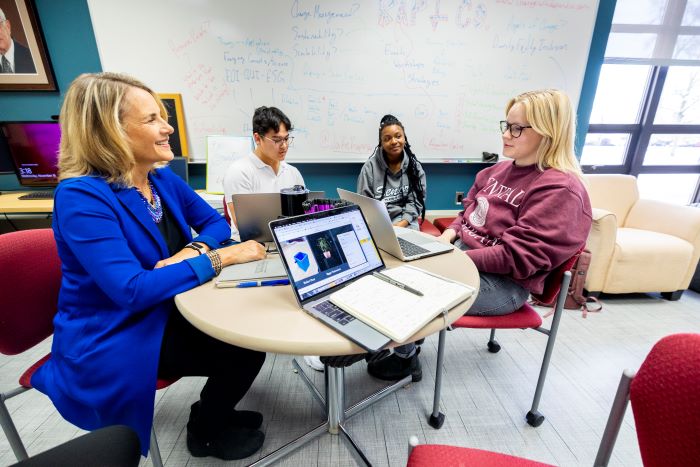
Connect with mentors and faculty who are here to support the next generation of CMU entrepreneurs.
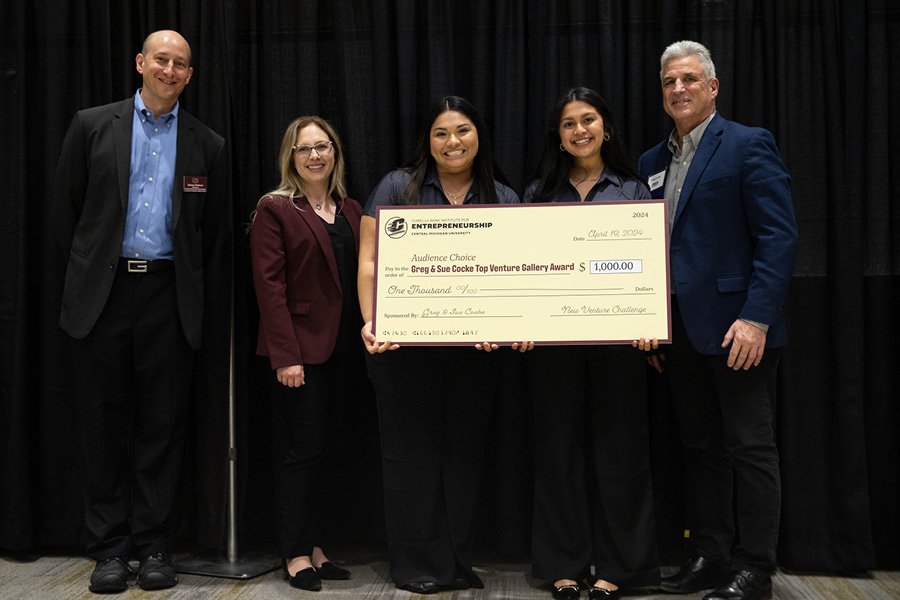
Are you a CMU alum looking to support CMU student entrepreneurs? Learn how you can support or donate to the Entrepreneurship Institute.